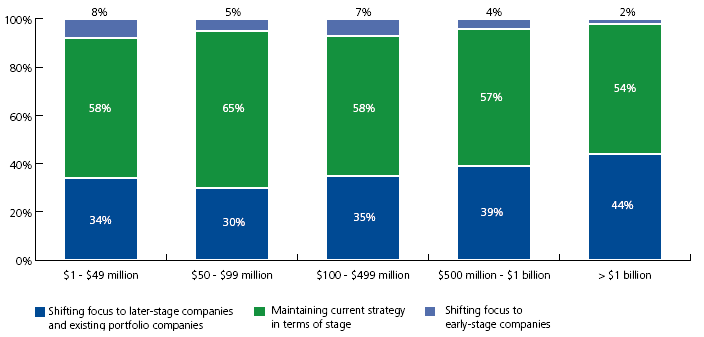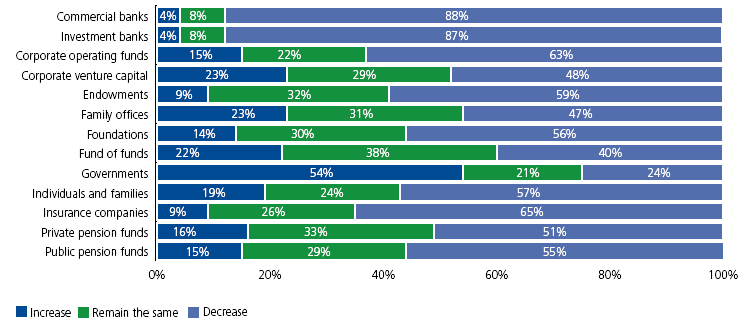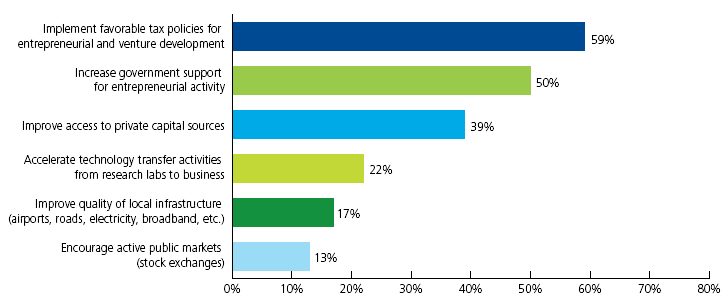Venture Capital - Some Revealing Facts
Location: Tokyo
Author:
Walter Kurtz
Date: Friday, August 7, 2009
Deloitte recently published their "Global trends in venture capital 2009 global report", a survey of venture capital firms. Here is a quote that sets the stage:
In short, the tourists have left, explained Mark Heesen, president of the NVCA. “Young entrepreneurs who thought they could get rich quickly with just a good idea are now gone and those now left standing recognize the challenges and tenacity needed to establish and build a sustainable business,” he said. “Those out on the hustings trying to get funded are much more astute about the globalization of the economy and worldwide competition. They understand that the value of their company today is not what it will be six months from now and that if they want to be funded, it will likely be at a lower valuation than in the past.”
With depressed valuations on established firms, early stage venture is
completely out of favor.

Semiconductor companies are out of favor and "clean technology" is in.
![]()
Asian firms will be getting an increased allocation.

The only investor allocation increases are expected to come from
governments. Everyone else's VC allocations are expected to shrink. Not
surprising.

When asked "Top five locations viewed as having the most to lose
in terms of overall economic stature, over the next three
years", this is the response.

When asked what governments can do to stimulate innovation, guess what
pops up on top. Taxes: it's a sure way to either stimulate or hurt small
business.

The overall issue with the VC industry is the length of time to
monetization, which has been increasing. LPs just don't have the stomach
to wait 10 years for the portfolio companies to be monetized. With the
entrance of secondary investment funds, who buy firms from other VCs,
the time to monetize a good investment may shorten. Here is a bit of
background on this from
Business Week:
Longer waits are bad not just for the VC calculating the return on
investment (ROI). They also result in impatience on the part of limited
partners such as university endowments that invest in venture firms.
It's also demoralizing for individual venture capitalists. There are
many well-regarded VC partners that have never had an exit. Some venture
capitalists are leaving the profession altogether and firms are
shrinking.
Here's where secondary VCs can play a vital role. These firms, most of
which did not exist 10 years ago, specialize in buying stakes in private
companies from VC firms. Some examples include Saints Ventures and W
Capital Partners, which are among the most successful firms this decade.
Secondary firms now account for roughly 3% of the VC market, but their
clout is increasing as they do more deals. San Francisco-based Saints
now has more A-list portfolio companies than most traditional VC firms.
Its investments include Facebook, eHarmony, and QuinStreet.

To subscribe or visit go to: http://www.riskcenter.com